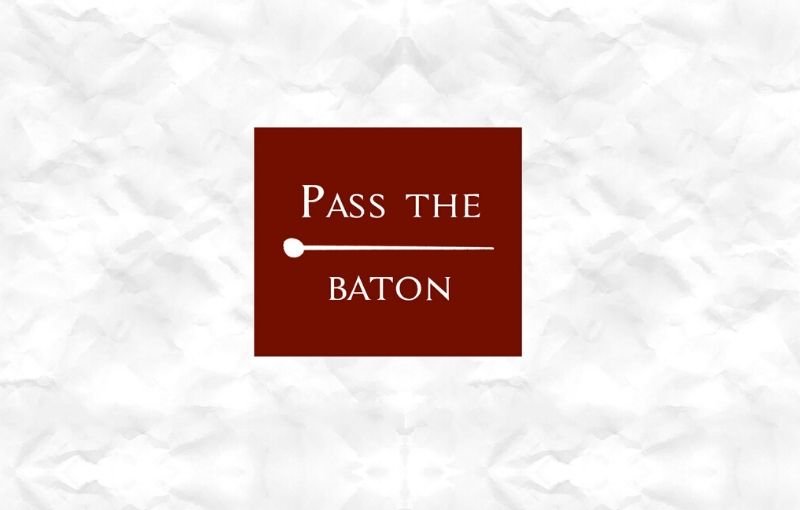A conceptual opera with a ravaged finale
Wandering around the internet, one can make some quite unexpected encounters. My most recent one has been with German composer Johannes Kreidler. I had never heard of him, despite the fact that he seems to be quite accomplished. What captured my attention was the video of his Music Theatre piece Audioguide III, which you can find here in its entirety.
Now, I confess, it took all my good will and then some to listen to the whole thing, but I honestly wanted to give it a chance to see if the end of the piece was somewhat justified. After all, you don’t get to see that kind of spectacle every day. As the author describes it on his website, this is a conceptual opera, a collage of the present built on small and large modules, different every time. Infused with philosophical essence, the climax should be a cathartic destruction of 66 violins.
This is where I have a problem: how is it cathartic to demolish a work of art? I’m sure these were inexpensive factory instruments, but even those hold, at their very core, 300 years of expertise, science and craftsmanship. Let’s pretend that this was not a relevant issue; another question I have is: what kind of message is passing on with this piece?
Emotional forces, trauma and revenge lead to these actions, associating the ravages with a mix of pleasure and pain. One could argue that the history of opera is full of ambiguous models and that, after all, this is just one more to add to the pile. However, Kant, who seems to be a fil rouge throughout the piece, is, in my opinion, distorted to support the composer’s thoughts – or, worse, to justify intellectually a pure spectacle that otherwise could not be backed up by any logic.
The feelings of the beauty, cited by Mr. Kreidler, are for Kant always joyous and smiling. Maybe he is referring to the feelings of the sublime, which can provoke enjoyment but with horror. And this is where he falls short in his association of beauty or sublime and catharsis: given the day-to-day horror show running under our eyes in the news, who could enjoy or take any more of this destruction orgy? Since when violence became cathartic?
Perhaps I am too naive, but destruction only makes me sad or angry, I do not find beauty and certainly not catharsis in it and I surely hope other people do not either.










Hi Gianmaria,
I completely agree with you, though one weak analogy comes to mind: in his young years, Franz Hohler, a Swiss author and comedian (later more into political & ecologically provoking, satyrical Kabarett) once wrote a little booklet with satirical and absurd short stories, one of them (something along the lines of “A Strange Party”) is about a landlord giving a party, one guest accidentally drops a glass, the host drops his out of sympathy — and the whole thing ends up as a destruction party, including men stepping into the f-holes of precious cellos for a hopping race, then the host playing a series of violin pieces, one violin per piece, after which the instrument gets thrown into the pond, and the culmination is a G major scale, one violin per note (Strads, Guarneri, etc.), and each time the instrument again drowns in the pond — and in the very end, all guests are asked to jump into the pond, too, followed by the host…
My wife has a hard time reading this story — and I must agree, it is borderline, if not beyond, even though it is probably merely meant to point out the degree of perversion in the richest part of our society. Could this be the hidden idea in the conceptual opera that you describe? I don’t mean to indicate that I agree with that concept — especially in our days, I think it is a very bad idea to use destruction as educational, artistic or political tool: I really prefer a constructive approach!
Best regards,
– Rolf
Hi Rolf,
thanks for the comment.
It is a borderline story indeed, but the idea behind it could be applicable to the opera described in the post. There’s still a detail that doesn’t add up: in the story of the host is the catharsis (if there’s one) reached through the destruction of the instruments (and ultimately with self-destruction)?
That aside, both works could very well be a mirror of our society, where we see other types of artworks, like temples or monuments, getting ravaged every day.
Still, the underlying reference to Kant is for me completely lost. And, of course, I’m definitely with you on thinking it’s a very bad idea to use this type of portrays as educational/artistic/political tools
Best,
Gianmaria